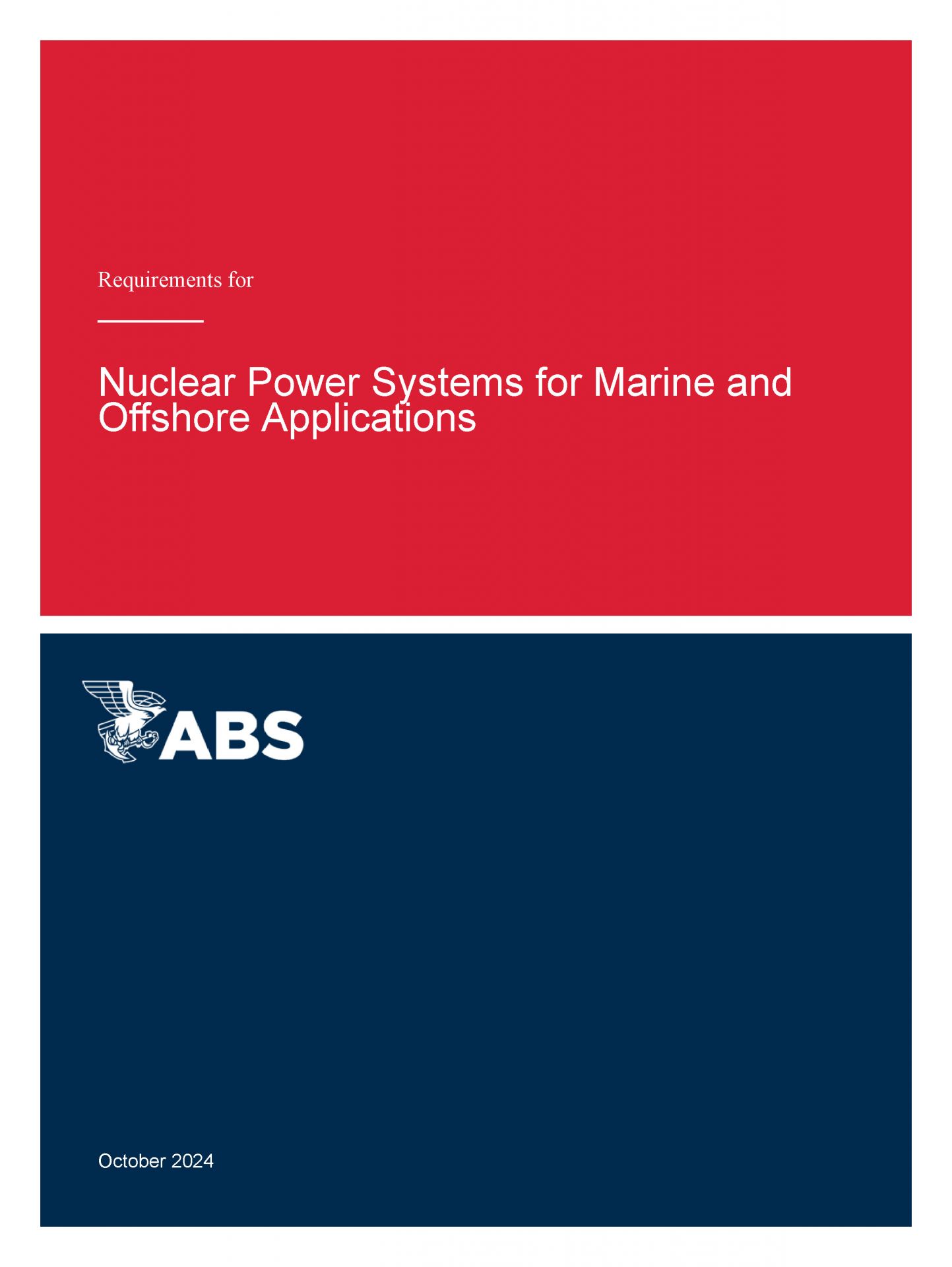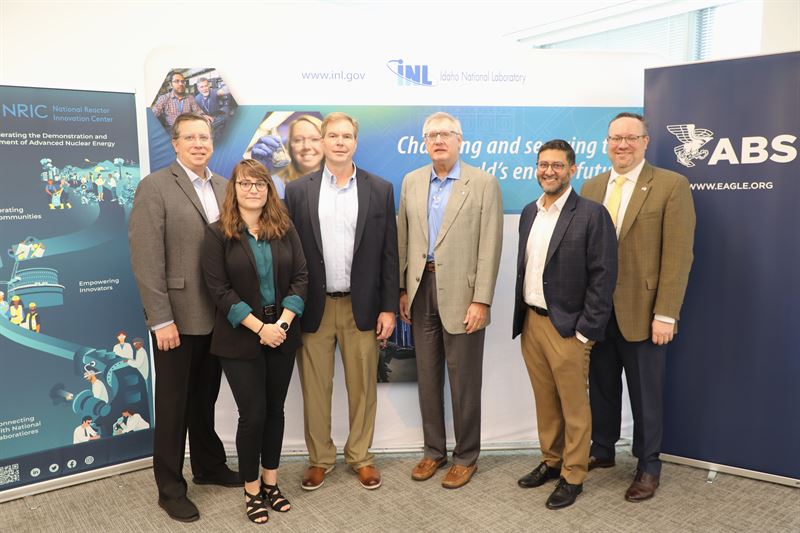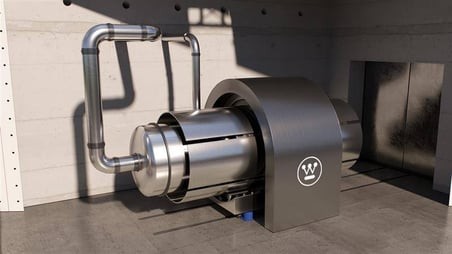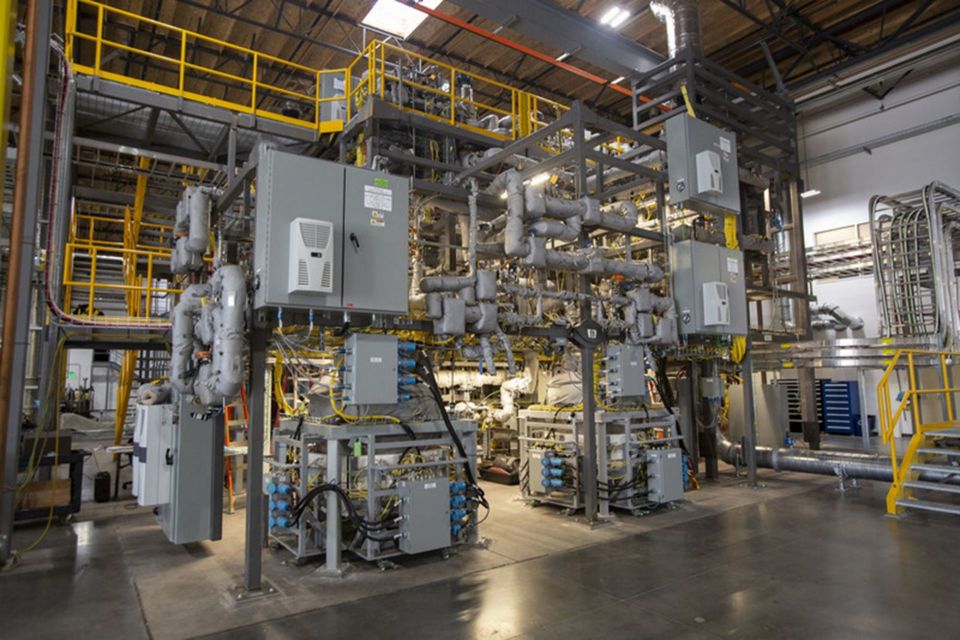 The rules and guidelines document covers risk assessment; hull design and arrangement; nuclear system requirements; radiological protection and nuclear material handling; machinery, electrical, piping, and equipment; fire safety; control, monitoring, and safety systems; and survey and testing issues.
The rules and guidelines document covers risk assessment; hull design and arrangement; nuclear system requirements; radiological protection and nuclear material handling; machinery, electrical, piping, and equipment; fire safety; control, monitoring, and safety systems; and survey and testing issues.
Nuclear regulators: On release of Requirements, ABS stated, “Uniquely, the requirements allow designers to consider any type of reactor technology and propose a framework for nuclear regulators to collaborate with flag administrations [the national authority with whom the vessel is registered] and ABS for complete regulatory oversight and license.”
The bureau also said that nuclear regulators are responsible for licensing nuclear reactors, safety structures, systems, and components, and the requirements do “not replace the review, certification, license, or other approval of Nuclear Power Plant (NPP) technology by a nuclear regulator.”
Forum: In addition to releasing Requirements, ABS, together with Herbert Engineering, has published a study modeling the design, operation, and emissions of floating nuclear power plants. The study was issued during a nuclear industry forum at ABS headquarters near Houston, Texas. The forum, which was held jointly with Idaho National Laboratory, also included workshops in which offshore industry leaders could explore the requirements and better understand the technologies of floating nuclear power plants.
More than: At the forum, ABS chair and chief executive officer Christopher Wiernicki said, “We demonstrated today that nuclear’s potential in the maritime domain is so much more than a reactor on a ship. Nuclear energy can link energy demands across the electric, industrial, and shipping transportation sectors to optimize energy generation and use, maintain grid reliability, and support decarbonization of shipping and industry. Not to mention its vast potential for the production of clean fuels such as e-ammonia and e-hydrogen”.
He added, “It is clear that nuclear energy has the potential to be a disruptor for the maritime industry. This is why we are proud to produce the first comprehensive rule set for the industry as an important step forward for the adoption of the technology.”



 The rules and guidelines document covers risk assessment; hull design and arrangement; nuclear system requirements; radiological protection and nuclear material handling; machinery, electrical, piping, and equipment; fire safety; control, monitoring, and safety systems; and survey and testing issues.
The rules and guidelines document covers risk assessment; hull design and arrangement; nuclear system requirements; radiological protection and nuclear material handling; machinery, electrical, piping, and equipment; fire safety; control, monitoring, and safety systems; and survey and testing issues.






